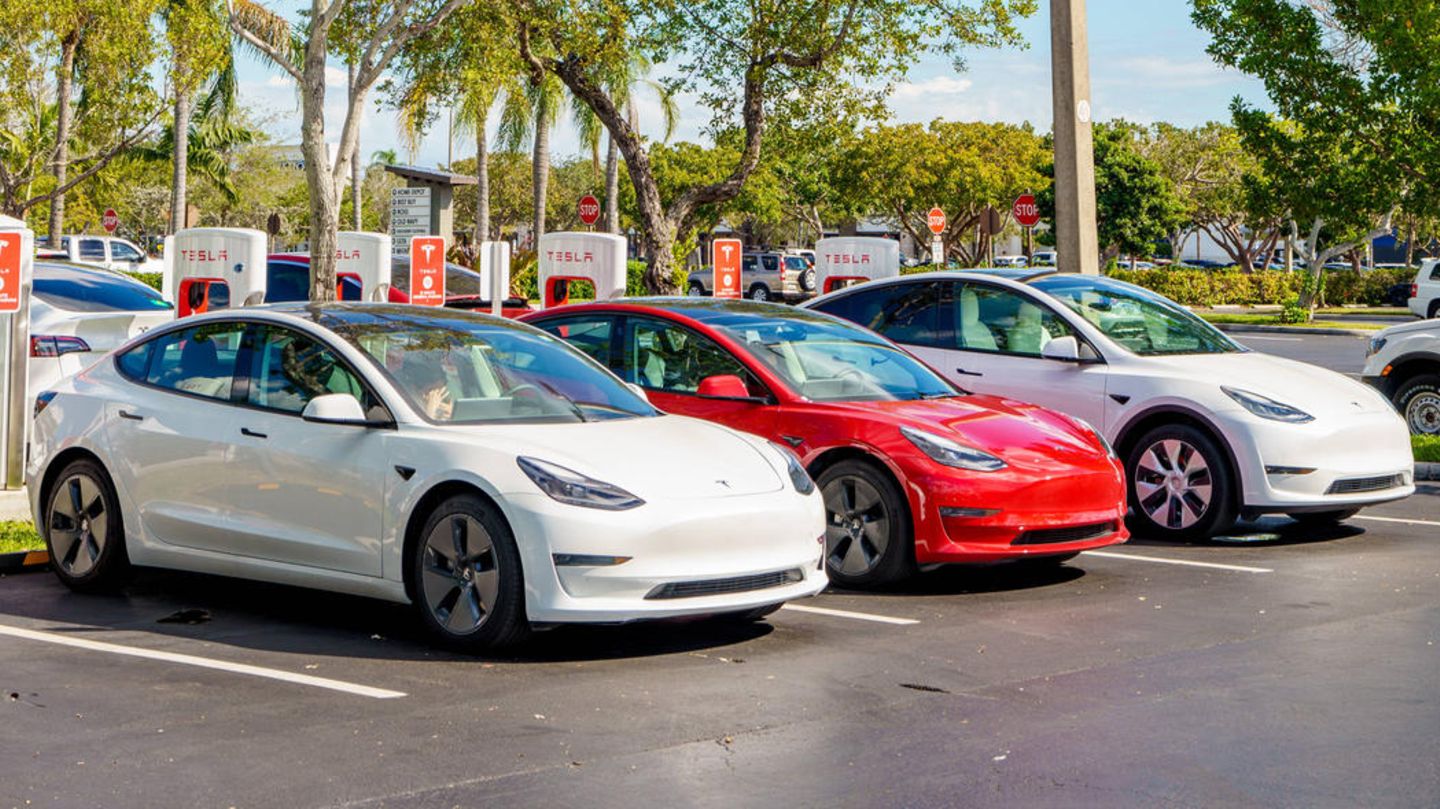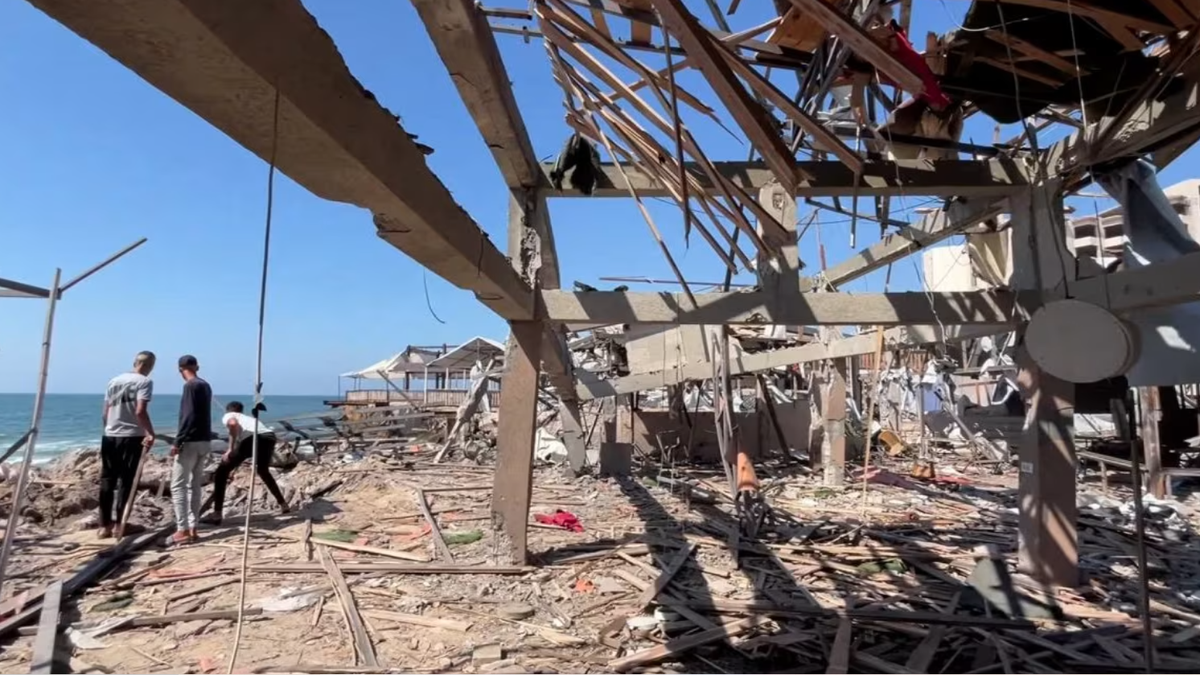For months, cars have been rolling off the assembly line at Tesla that lack ultrasonic sensors. For a long time, the cars could therefore not provide any help when parking. The camera took over this job with an update – but it probably worked much better before.
In October 2022, Tesla vehicles lost a key feature. The ultrasonic sensors have been removed – and with it the parking aid. The latter was missing for almost half a year before Tesla submitted a function called “Vision Park Assist”, which enables parking using camera measurements.
After Tesla released the update with version number 2023.6.9, relevant forums were quickly filled with criticism that the cameras were apparently doing a worse job than the sensors did before – even when the conditions are actually optimal. The results are even worse with dirt, external light sources, direct sunlight or a lack of light.
Even after a month of “getting used to it”, Tesla is not convincing
More than a month has now passed, but the criticism of the Tesla parking aid is not really abating. The IT specialist magazine “” recently published a field report in which the author describes his observations. He inevitably comes to the conclusion: “Personally, I wouldn’t rent my Tesla without the explicit statement: ‘Don’t listen to the parking assistant'”.
PayPal, Tesla, SpaceX
Elon Musk: His companies, his family – the second richest person in the world in pictures
He justifies this with “very inaccurate and mixed” results when parking. This not only applies to the arbitrary activation of the system, which also switches itself on at traffic lights and in slow-moving traffic, but also in particular to the completely wrong distances that the Tesla camera indicates. “If the Tesla shows 50 cm, it’s often only 10 cm – or vice versa,” it says.
Other Tesla drivers also share these impressions, such as Youtuber Andi from the “” channel, who describes the assistant as an “absolute total disaster”. In the video, the distance measured by the Tesla increases, although Andi is reversing his car – so the number should decrease. At some point she settles down. At a distance of 45 centimeters according to the display, he stops – and measures. In reality it is 35 centimeters. The same procedure for forward parking. The display shows 70 centimeters (and changes the information again and again) – in fact it is 1.20 meters.
Another test comes from Youtuber “”. He speaks very benevolently of the technology, but ultimately also has to state that forward parking in particular is quite imprecise with a tolerance of more than ten centimeters. The friendly conclusion: “This could definitely be improved.”
To the star there is also a first-hand report. A Tesla driver who ordered his car before the sensors were discontinued, but had to explicitly agree to doing without the components before delivery, writes: “In my view, the software for the camera-based parking sensors is not really mature and it isn’t either trustworthy. The displayed distances change by up to 10 cm in some cases without anything moving. Tesla definitely has to deliver something in terms of software here. At the moment it’s just a nice display that doesn’t really do anything. Quite a bit the display of curbs works well.”
Tesla saves $114 per vehicle
The main reason why Tesla is willing to accept this lazy compromise is probably the money. According to “” the manufacturer saves $ 114 per vehicle by omitting the ultrasonic sensors. With 1.31 million vehicles delivered recently, this results in savings of around 150 million US dollars – or another opportunity to lower prices. This is also part of the company’s strategy.
However, with the expansion of the reliable and proven ultrasonic sensors, Tesla has also created problems that did not exist before and did not require a solution. The $114 saving on many models also seems ridiculous, as the omission not only affects the Model 3, but also the luxury X and S cars, whose lowest starting price is 102,000 euros.
Tesla may be able to solve the current problems with new hardware. With the upcoming technology called “Hardware 4.0”, more cameras are to be installed on board, which also work with a higher resolution. As a result, this could provide more reliable information for distance measurements.
But: It is unlikely that “Hardware 4.0” will be offered as a retrofit kit for vehicles that have already been built. Drivers of a current car whose sensors were obviously removed too early are left out in the rain.
Also read:
Source: Stern
I’m a recent graduate of the University of Missouri with a degree in journalism. I started working as a news reporter for 24 Hours World about two years ago, and I’ve been writing articles ever since. My main focus is automotive news, but I’ve also written about politics, lifestyle, and entertainment.




